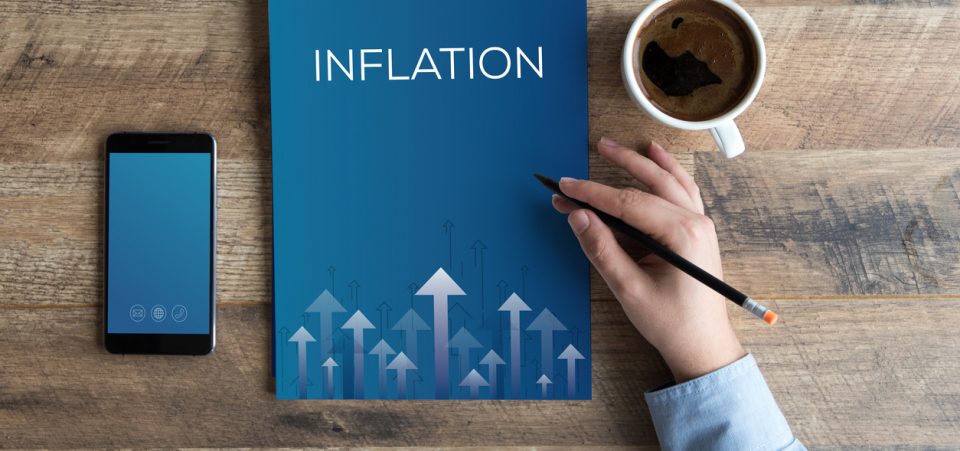Longer-Term Trends Suggest Inflation Is Picking Up
If there’s one thing that shouldn’t be overlooked these days, it’s the inflation data. It could really take a toll on the American consumer and impact the U.S. economy severely.
Before going into any details, let me be very clear about this: Don’t pay too much attention to the monthly data. Look at the overall trend.
For example, just recently, the U.S. Bureau of Labor Statistics reported that the Consumer Price Index (CPI)—which is the government’s measure of inflation—declined by 0.1% in March 2018. (Source: “CPI-All Urban Consumers (Current Series),” Bureau of Labor Statistics, last accessed April 11, 2018.)
Looking at the March CPI, one could say, “There’s really no need to worry.” If you look at the longer-term data, however, it tells us that inflation in the U.S. economy is picking up speed.
Consider this: over the past six months (between October 2017 and March 2018), the CPI has increased by 1.2%. Over the past 12 months, inflation has surpassed two percent.
U.S. Inflation Could Spike to 4%–6%
Going forward, don’t be shocked if we see inflation spike much higher in the U.S. economy. Don’t be surprised if even the official indicators, like the CPI, start to show price increases of four percent to six percent per year.
Why could prices surge in the U.S. economy?
The biggest reason for soaring prices could be the money supply. You see, there’s a lot of money out there in the U.S. economy. This is thanks to the Federal Reserve’s quantitative easing program and its policy of keeping interest rates at zero for several years. One could call this monetary inflation.
The money that was printed wasn’t moving around in the economy. Now, this is changing.
There’s a measure that tracks how many times each dollar is used. Economists refer to it as the “velocity of money.” In the U.S. economy, the velocity of the money supply is increasing. The chart below shows this happening.
(Source: “Velocity of MZM Money Stock,” Federal Reserve Bank of St. Louis, last accessed April 11, 2018.)
Looking at this, it must be asked, “With so much money in the U.S. economy, what will happen if it all of a sudden starts to change hands?”
Inflation Outlook: U.S. Economy Could Get “Sick”
Dear reader, I believe that, as the money supply in the U.S. economy starts to move around, we could see rapid price increases. We already have a lot of monetary inflation. It’s just a matter of time when inflation hits prices too. Remember, when you have a lot of something (U.S. dollars), its value becomes lower. It’s Economics 101.
As it stands, everyone seems to be downplaying inflation. The argument is that the Federal Reserve is raising interest rates, and it will be able to manage inflation. I stand in the camp that believes we will see runaway inflation. The Fed may not be able to control it easily.
In the midst of all this, remember: if prices soar in the U.S. economy, there will be a direct impact on American consumers’ buying power. Their salaries aren’t increasing anyways. Will they go buy more? It’s highly unlikely.
Keep in mind, consumer spending is what really drives the U.S. economy. If consumers pull back on spending, the U.S. economy could get “sick.”
I will end with this: inflation is the biggest threat to the U.S. economy as it stands.







